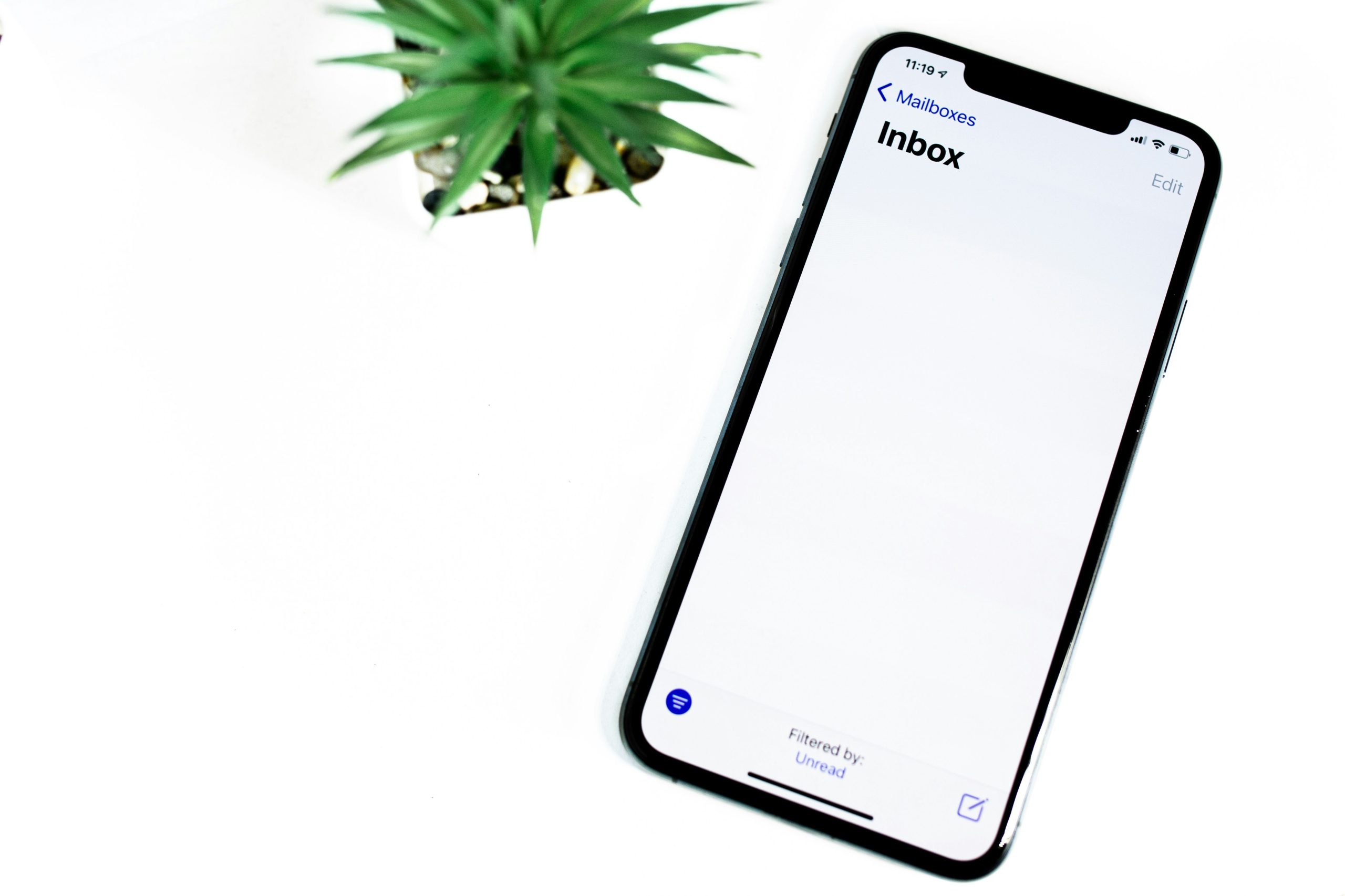Are you tired of the tedious process of double opt-in confirmation emails cluttering your subscribers’ inboxes when using Mailchimp? Imagine a world where your audience can seamlessly subscribe to your newsletter or updates without the extra step of confirming their subscription. In this article, we will delve into the intricacies of turning off double opt-in in Mailchimp, providing you with the key steps and insights to streamline your email marketing efforts.
As an email marketer or business owner looking to enhance user experience and boost subscriber engagement, understanding how to bypass the double opt-in process can be a game-changer. By unlocking this feature within Mailchimp, you have the power to simplify your signup process and make it more convenient for potential subscribers to join your list. Join us on this journey as we explore the benefits and implications of disabling double opt-in in Mailchimp, empowering you to take control of your email marketing strategy like never before.
Contents of Post
Understanding double opt-in in Mailchimp
Understanding double opt-in in Mailchimp is a crucial aspect of email marketing. This process ensures that subscribers actively confirm their subscription, leading to a more engaged and higher quality email list. By requiring this confirmation step, Mailchimp helps prevent spam complaints and ensures compliance with anti-spam regulations.
One key benefit of double opt-in is improved deliverability rates. Since subscribers have shown explicit interest by confirming their subscription, emails are less likely to end up in spam folders. Additionally, double opt-in can also help maintain a clean list by filtering out invalid or mistyped email addresses, reducing bounce rates and enhancing overall engagement with your campaigns.
It’s important to strike a balance between ensuring subscriber consent and providing a seamless user experience. While double opt-in offers valuable benefits, overly complicated processes may deter potential subscribers. By leveraging customization options within Mailchimp, you can tailor the confirmation process to align with your brand voice and optimize the user journey for maximum impact on your email marketing strategy.
![]()
Reasons to consider turning it off
One significant reason to consider turning off double opt-in in Mailchimp is to streamline the user experience. While double opt-in can help ensure a clean and engaged email list, it can also create potential barriers for subscribers. Simplifying the sign-up process by eliminating the need for a confirmation email can lead to higher conversion rates and reduce drop-offs.
Another compelling reason is to increase your email list growth rate. By removing an extra step in the subscription process, you may see an uptick in the number of people who complete the sign-up. This can be particularly advantageous for marketing campaigns that rely on rapidly expanding their subscriber base to achieve their goals. Additionally, by reducing friction during sign-up, you demonstrate a commitment to providing a convenient and efficient user experience for your audience.
Step-by-step guide to disabling double opt-in
Disabling double opt-in in Mailchimp can streamline the user experience for your subscribers and potentially increase your email list growth. To turn off this feature, log in to your Mailchimp account and navigate to the Audience dashboard. From there, click on the audience you want to modify and select Signup Forms. Next, choose Form Builder and then General Forms. Scroll down until you find the Double Opt-In section and toggle it off.
It’s important to note that while disabling double opt-in can make the signup process quicker for subscribers, it may also result in lower email engagement rates due to potential increased spam complaints or inactive users. Therefore, it’s crucial to weigh these factors against each other before making a final decision. Remember that maintaining a high-quality email list is essential for successful email marketing campaigns; consider alternative strategies like improving your opt-in forms’ design or optimizing your content rather than solely relying on disabling double opt-in.

Testing and monitoring your settings
When it comes to turning off double opt-in in Mailchimp, testing and monitoring your settings is crucial to ensure a smooth transition. After making changes, it’s important to thoroughly test the new settings to ensure they are functioning as intended. Set up different test scenarios and email campaigns to see how contacts interact with the system.
Monitoring your settings post-implementation is equally important. Keep an eye on key metrics such as open rates, click-through rates, and unsubscribe rates to gauge the impact of the changes. Utilize A/B testing to compare different variations of your settings and optimize for better performance. By actively testing and monitoring your settings, you can make informed decisions that enhance the effectiveness of your email marketing efforts.
Potential impacts on email deliverability
When it comes to turning off double opt-in in Mailchimp, one must consider the potential impacts on email deliverability. By removing this extra step of confirmation, you may see an increase in your subscriber count; however, it could lead to lower engagement rates and higher chances of being marked as spam. Sending emails to unconfirmed addresses can harm your sender reputation and overall deliverability.
Additionally, without the double opt-in process, you might end up with a list of low-quality leads or invalid email addresses. This can negatively affect your open and click-through rates as well as your overall email marketing performance. It’s essential to weigh the pros and cons carefully before deciding whether turning off double opt-in is the right move for your email marketing goals.

Conclusion: Considerations for your email marketing strategy
As you refine your email marketing strategy, it’s vital to consider the balance between automation and personalization. While automation can streamline processes and save time, don’t overlook the importance of adding a personalized touch to your emails. Tailoring content to individual preferences and behaviors can boost engagement and build stronger connections with your audience.
Furthermore, keep in mind the significance of cleaning up your email list regularly. Removing inactive subscribers or those who constantly ignore your emails can improve your deliverability rates and ensure that your messages reach recipients who are genuinely interested in what you have to offer. Quality over quantity is key when it comes to maintaining a healthy subscriber list and maximizing the impact of your email campaigns.
In conclusion, a successful email marketing strategy requires continuous monitoring, testing, and adaptation. Keep an eye on important metrics such as open rates, click-through rates, and conversion rates to gauge the effectiveness of your efforts. By staying informed about industry best practices and consistently optimizing your approach based on data-driven insights, you can elevate the performance of your email marketing campaigns and drive better results for your business.

